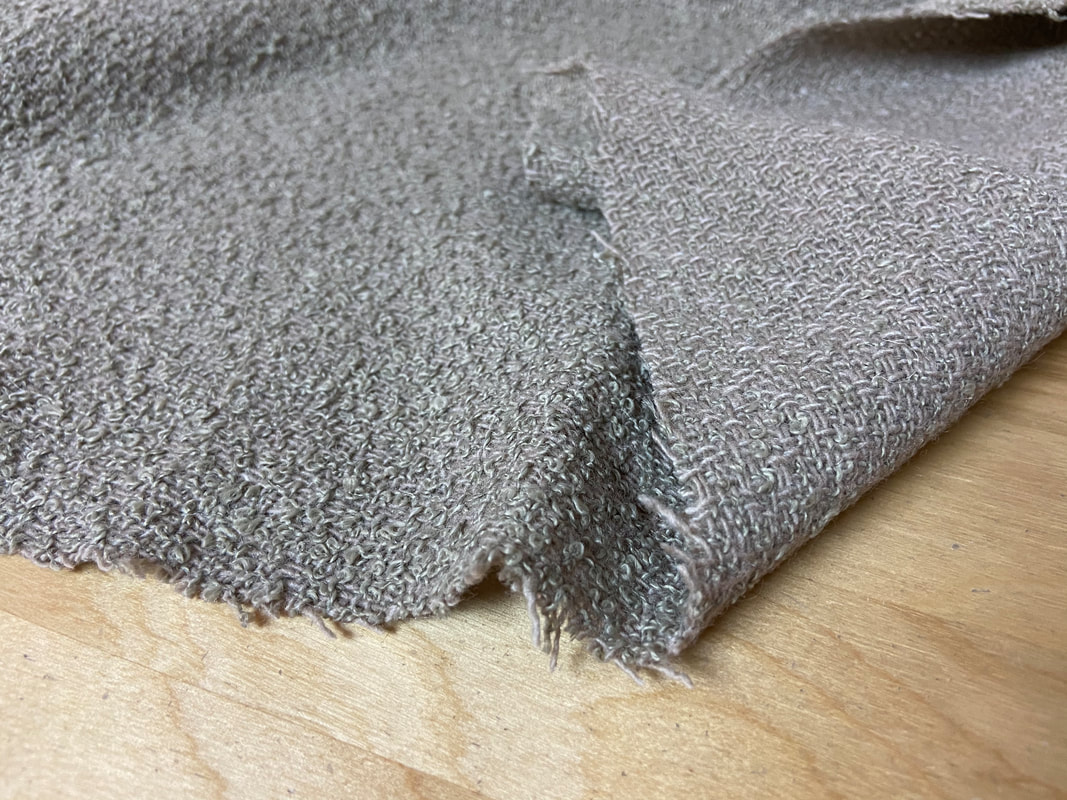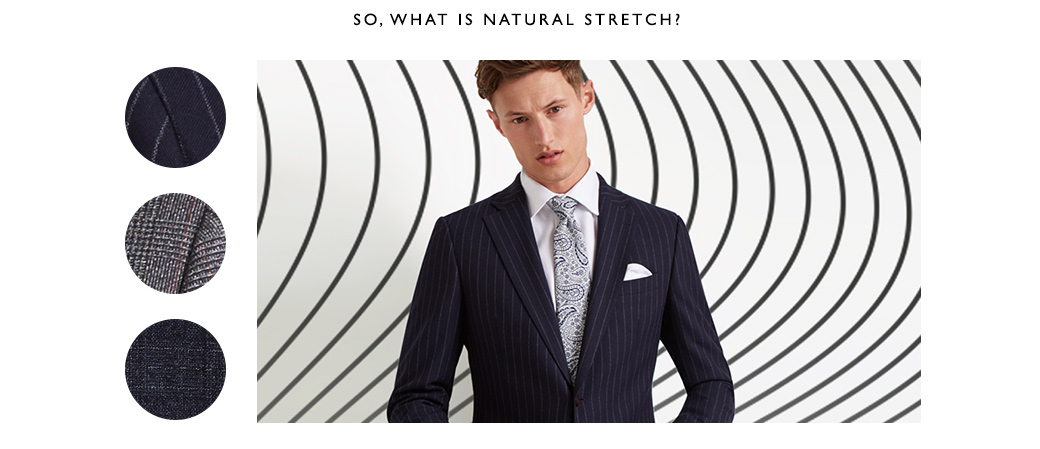The Ultimate Guide To All 4 Way Stretch Fabrics
The Ultimate Guide To All 4 Way Stretch Fabrics
Blog Article
About All 4 Way Stretch Fabrics
Table of ContentsThe Buzz on All 4 Way Stretch FabricsAll 4 Way Stretch Fabrics Fundamentals Explained9 Easy Facts About All 4 Way Stretch Fabrics DescribedOur All 4 Way Stretch Fabrics StatementsNot known Facts About All 4 Way Stretch FabricsAll 4 Way Stretch Fabrics - TruthsThe Main Principles Of All 4 Way Stretch Fabrics
As I likewise desire UV protection from my garments when I go out, I would select a largely woven cotton textile. One even more consideration when purchasing the fabric is the way it will after cleaning.A safe bet would certainly be to acquire at the very least 10% added textile. If you can acquire preshrunk textile, this is the ideal.

If you are matching the color, like selecting the cellular lining for the main material or selecting textile to add as trim, this is particularly vital. The textile showrooms will typically have a light well where you can see the material in sunshine (or a home window with excellent light from outdoors).
All 4 Way Stretch Fabrics Can Be Fun For Everyone

The majority of materials have to do with 44 wide. When you most likely to purchase textile, quote just how much you want initially and after that most likely to the shop. Look into this article to understand the solution to this often listened to concern "Just how much material do I require". With a fat quarter, you will obtain an 18 broad by 22 long.
Some wonderful bargains can be had this way. In dressmaking, we get textile by the yard/meter.
5 Simple Techniques For All 4 Way Stretch Fabrics
In a quarter of a backyard, you obtain a 9 by 44 strip of fabric, which has to do with 22 cm in length. It is always much better to get broader towel. According to the size of textiles, they might be called single-width and double-width. Solitary size is generally up to 49 inches in width and double width up to 60.
You can discover more concerning yard to meter conversion below. Look into this article on reviewing a measuring tape Select materials that are not as well hard or rigid, or you would not be comfy in them. Linen, Jeans, flannel, For cooler environments, select wool (100% as well as woollen blends) woollen tweeds, wool crepe; it essentially depends on what trousers you are chatting concerning Tailored trousers, Unstructured Pant, Combined, Denim.
All cotton materials are good for children. Knit materials are also excellent for youngsters you can go for woollen knits.
Some Known Facts About All 4 Way Stretch Fabrics.
Have a look at this post on the most effective fabric for clothing for infants and youngsters for more detail on this subject. Light-weight cotton is my preferred to stitch skirts. Cotton lawn cloth in pretty prints is terrific. Silk jacket is a fantastic material for stitching skirts, as is Ponte Roma weaved textile.
Drapey rayons, soft wool, lycra blends, and stretch velours are all suitable for sewing skirts. Woollen (Woollen crepe has a great drape and gives adequate framework for coats; wool tweeds are fantastic as well), Linen & Flannel. Raw silk, satin, taffeta, velvet, Shoelace, silk chiffon, and Fabric are all terrific for making gowns.
You can purchase medium-weight fabrics with some spandex/elastane added for a suitable bodycon-type gown. For drapey dresses, you can choose light-weight textiles. Jacket has a drapey fit such as this. Crepe, challis, and charmeuse are all drapey materials fit for this design. Inspect out these messages: Best textile for making laid-back dresses and tops; Names of various gowns. Rayon, Acetate, and cotton lining materials are famously utilized.
Lightweight cotton fabric, Cambric, Chintz, Twill, Faille, Seersucker, Poplin, light-weight woven broadcloth, batiste, linen, eyelet benefit making tee shirts and blouses. I like chiffon blouses. Silky satin fabric is great for making airy tops. Have a look at the post on the 7 ideal fabrics for making t shirts. Making shawls and headscarfs need various factors to consider for the fabric check out this message on the textiles for making headscarfs When acquiring patterned textile (the majority of the formed fabric includes a size of 45 or 54 inches), there will be pattern repeat in these materials, and this need to be considered when cutting material along with buying them i.e., if you intend to match the patterns at the joints.
The Best Guide To All 4 Way Stretch Fabrics
This article has the names of all the checkered patterns and this, red stripe patterns. The themes will certainly be distributed in a scheduled fashion on the textile. However you may see often If the print is not put on the material appropriately, it can not be matched or aligned when built without distorting the fabric and the hang of the garment.


You can discover more concerning grain and grainline of fabric below. The fabric weight depends on numerous variables like the weave, fiber type, and so on and is usually represented by GSM. GSM can vary from 60 -700; 700 being the GSM of really premium woolen textile. A denim material has a GSM of 400, relying on the weave.
Yet one thing you have to remember is that higher fabric weight does not signify greater fabric high quality (4 way stretch fabric). It simply is an indicator of the viability of the fabric for a specific task. You can not choose high fabric weight material denim for a light-weight drifting stole. Recognizing the fabric weight serves when comparing the very same kind of fabrics, but even this will depend upon its application.
Inspect out the listing of the 70+ different fabric finishes and treatments. Essentially, the most important standards to seek in the textile you get are as complies with. The number of threads per inch of fabric (yarns-per-inch). Greater the string count higher the number of threads woven per inch, and the higher the top quality.
About All 4 Way Stretch Fabrics
This is extremely essential in any kind of textile. In premium fabric, this equilibrium (either in numbers or in size) will certainly constantly be preserved. Procedures made use of on fabric to boost appearance and efficiency. The fibers that are woven to make the material will certainly either be as a solitary hair or will certainly be created by combining 2 threads (turned).
A two-ply yarn is exceptional to a single-ply yarn.
If you are preparing to start a brand-new embroidery project, picking a material will certainly be one of the most crucial step when you choose what you intend to make. After you've gone to all the difficulty and expenditure of purchasing the sewing machine you like, a pattern you love, and a fabric you enjoy, you want the completed item to be a success? One means to achieve that is to begin by making certain your fabric is absolutely right for the job.
The Basic Principles Of All 4 Way Stretch Fabrics
For example, if you're making a patchwork, visit their website you'll immediately want to utilize quilter's weight cotton for finest results. Yet suppose you intend to make a thing of apparel? Exactly how do you recognize which textile will give you the very best outcome? Selecting a textile merely because you enjoy the print or style on it isn't always the very best method.
In order to stay clear of doing a whole job for practically nothing, we've put together some pointers to assist you decide which textile is right for your task. Let's claim you already have a project in mind; exactly how do you locate the best textile for it?
Then, think about the qualities you desire the finished item to have. If garments, will it be fitted or loosened? Dressy or everyday? For cozy weather condition or cold? Do you desire a solid shade or a print? If you are making a non-wearable thing such as a cushion cover or potholder, use a sturdy textile such as canvas.
There is so much information around about fabrics, their qualities, and their usages, it could reach be overwhelming! So do not attempt to take it in all at when; just begin with the task at hand. Learn all you can about the textile you utilize for this set task.
Report this page